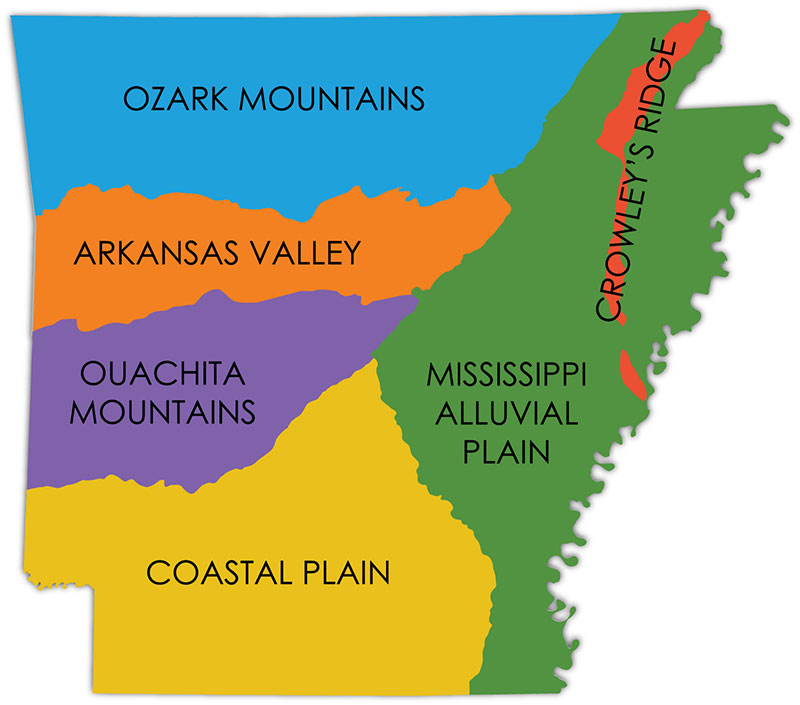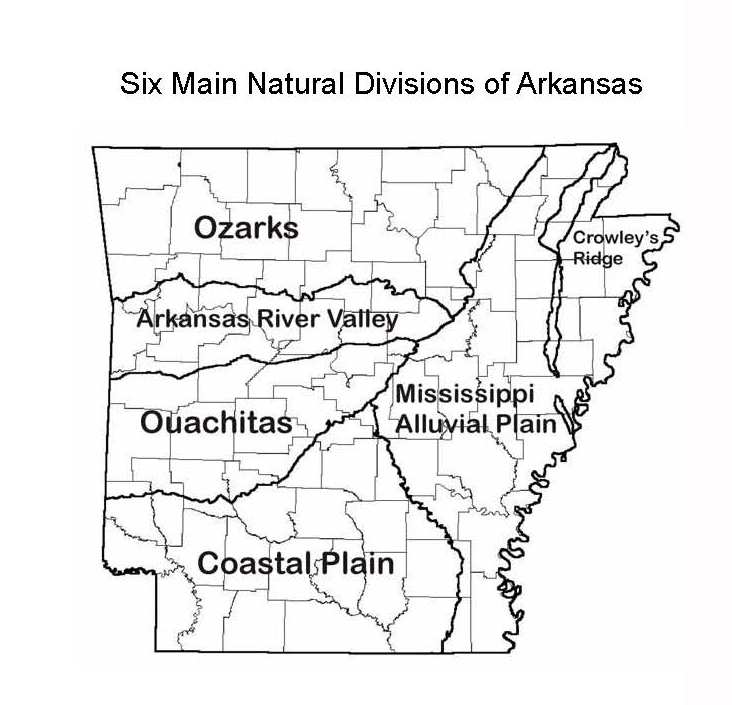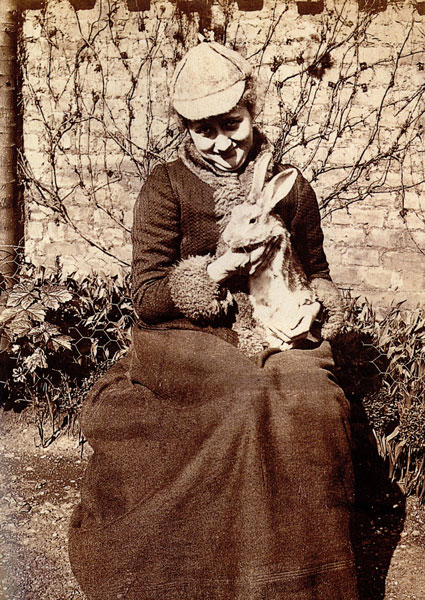Educational Resources
ECOREGIONS/NATURAL DIVISIONS OF ARKANSAS
When ecologists first began considering that different parts of Arkansas have different characteristics, they called those areas "natural divisions." Today, that term is synonymous with "natural regions" and "ecoregions." We are proud that ANHC took the lead more than 30 years ago to produce materials to help teach about Arkansas. We continue to use and update these materials today, with programs, lesson plans, worksheets, and study and classroom guides.
Natural Divisions Study Guide
This new guide highlights major components and unique characteristics of each natural division. It includes a Glossary of Terms and provides resources for further learning. This document is used in conjunction with the ANHC's educational program "Arkansas Ecoregions."
Natural Divisions Classroom Guide
This is a fourth printing of one of the cornerstones of Arkansas's natural history education and includes original text and illustrations, along with information about the six natural communities from the ANHC poster series.
HABITATS AND ECOLOGY
Arkansas is a mosaic of different habitats and diverse ecology, including mountains, prairies, rivers, caves, swamps, and forests. This section includes information about some of these habitats, including both current ecological issues and examples of how we are tied to the land. This section also includes special ANHC projects that highlight aspects of Arkansas's ecology:

Natural Communities Poster Series - this is a collection of posters with unique illustrations and information the plants and animals that live in six of Arkansas's chief natural communities or habitats.
Bill Clark Presidential Park Wetlands - this is a special outdoor interpretive project in downtown Little Rock that tells the story in text and pictures of a restored urban wetland on the Arkansas River. Panels on the site contain QR codes that link to information in the Education section of this site.
GENERAL ECOLOGY
PRAIRIES

This booklet details the region's natural history, the current status of its natural communities, and new information about prairie restoration activities. A unique map detailing the presettlement vegetation of the Grand Prairie is also included. Hard copies of this booklet are available in limited quantities.
The ANHC Grand Prairie workshop is an extension of the information in the booklet and takes a broader look at prairies as a habitat.
KARST
PEOPLE AND ECOLOGY
BEATRIX POTTER -- SCIENTIST, ARTIST, AND AUTHOR
Helen Beatrix Potter is well-known for her children's books (with characters such as Peter Rabbit and Jemima Puddle-Duck), but few know that the acclaimed children's book author was also a mycologist and conservationist. This guide uses the story of Potter’s life to introduce facts about the mushrooms and lichens she illustrated, the struggles of women to be recognized in science and publishing, links to art and nature, and the importance of safeguarding public lands.


